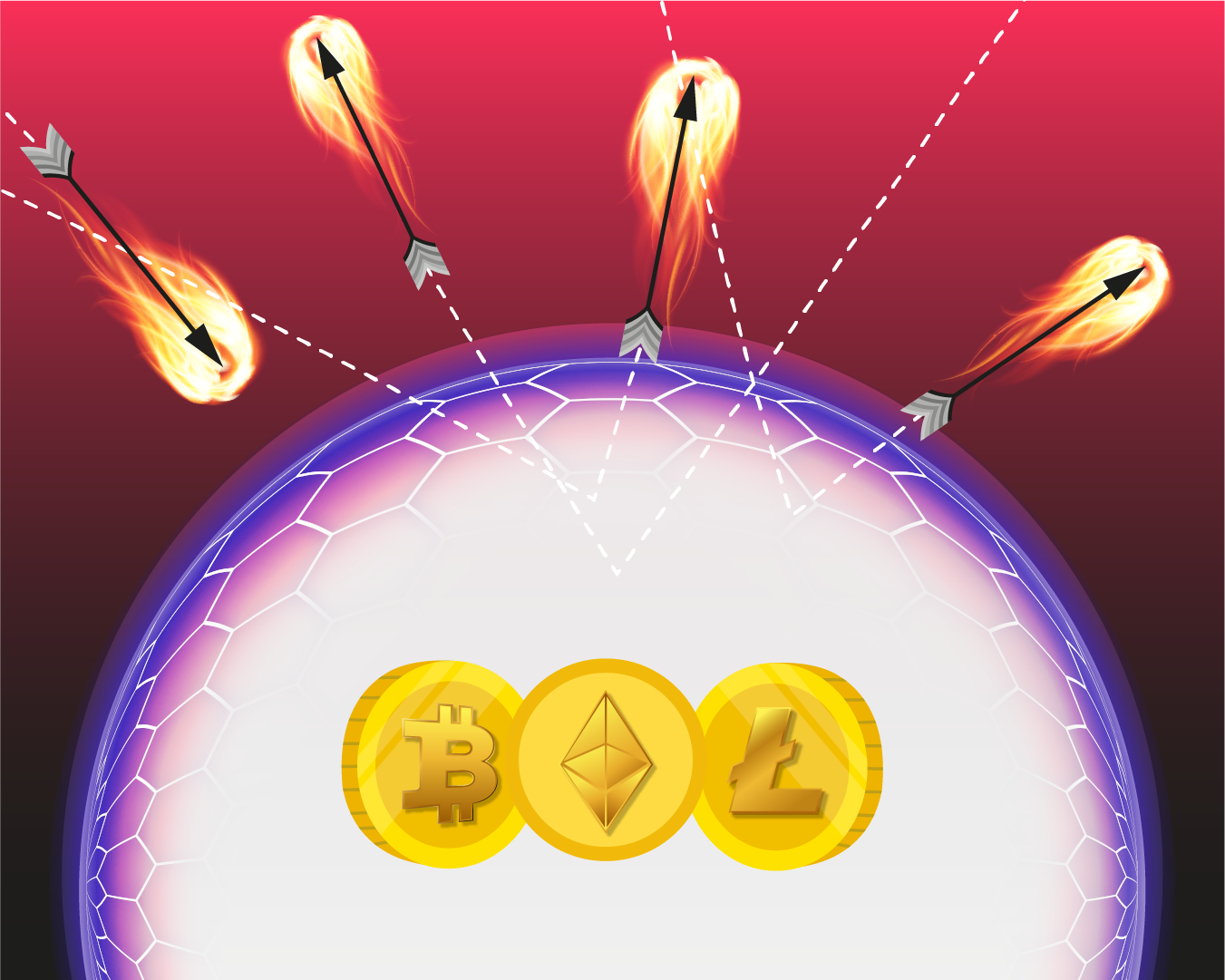Here we are exploring the crypto term “coin burning”. From how it came about to why it happens, and everything else in between. While not every cryptocurrency will undergo the process, understanding the ins and outs of what coin burning is will assist you in your trading endeavours when you do come across the action.
What Is Coin Burning?
Diving right into it, coin burning is the process of removing a certain amount of coins from its circulating supply. This is done by the team that runs the project, and the coins are sent to what is commonly known as an “eater address”. This is similar to a black hole in the realm of blockchain addresses as no one is able to get the private keys to that particular wallet, making the coins unrecoverable, forever. This is done to increase scarcity, and effectively increase the value.
This concept is not new to the cryptocurrency industry and in fact stems from the traditional stock markets. Instead of burning coins, common stock is bought back by the issuing publicly traded company, effectively taking them out of circulation by reducing the total shares outstanding. With fewer shares in circulation, the value of each increases.
The Two Types Of Coin Burning
There are two main types of coin burning that are implemented in the industry. The one is a protocol level mechanism while the other is an economic policy:
Protocol Level Mechanism
This category refers to when coin burning has been hardwired into the project’s DNA from inception. Similar to a halving mechanism that is conducted at a certain block, coin burning may be automatically implemented based on the network’s codebase.
Economic Policy
This refers to when coin burning is implemented as part of an economic policy, i.e. when a portion of transaction fees are burned after being received for payment for an activity on the network.
Why Would Projects Burn Coins?
As a common question surrounding the topic, let’s explore the why aspect. Coin burning has been utilized by several networks (more on this below) and is used for a number of reasons.
Supply And Demand Economics
Simple economics states that as the circulating supply decreases and the demand remains the same, then the value will increase. Coin burning is an effective strategy to increase the value of tokens, as depicted below. In a similar concept, coin burns provide a deflationary element to the network.
To Achieve More Effective Consensus
Similar to Proof of Work and Proof of Stake consensus, there is also a Proof of Burn (PoB) consensus. This relies on the concept of burning tokens and is considered to be more energy efficient and cost effective than other consensus mechanisms.
Reduces Chances Of A Spam Attack
The process of coin burning provides a natural safeguard against Distributed Denial of Service Attacks (DDOS) as well as congestion on the network due to spam transactions. The reduction in volume thereby reduces the chances of a spam attack, leaving more space for “healthy” transactions to take place.
Illustrates A Project’s Longevity
In most cases, one of a project’s core aims is to increase the value of their coin as this illustrates a strong use case. Coin burning essentially provides a significant commitment from the project to this aim, and instills investor confidence.
Examples Of Projects That Utilize Coin Burning
Several projects have made use of coin burning mechanisms over the years, including the likes of Bitcoin Cash, Ripple, Binance Coin, Stellar and several stablecoins like USDT, USDC, and GUSC. Below we will explore Ripple and Binance Coin.
Ripple
Ripple (XRP), a top 10 cryptocurrency, uses coin burning in their transaction processes. The network burns a small fraction of XRP each time a transaction is executed, essentially burning a portion of the “gas” or transaction fee. This gradually reduces the amount of XRP in circulation, incorporating a delationary element into the network’s supply. The amount is very small however, so it will take years to make any significant difference to the circulating supply. 0.00001 XRP is burned per transaction, requiring 100,000 transactions in order for 1 XRP to be burned.
Binance Coin
Binance Coin (BNB) is the official token of the Binance exchange and also currently a top 5 cryptocurrency. Through various incentives, the token is used for staggering transaction fee payments owed to the exchange. The network has undergone several coin burns over the years which has contributed to the massive gain in value the coin has witnessed. As recently as January 2021 the token underwent its 14th burn, which equated to $165,791,000 in value being burned at the time. The burns are instigated by trading volume, with the network promising to burn 50% of the original supply.
Token Burning 101
Now that you’ve got to grasps with what coin burning is, we hope it helps you better understand the markets, the coins you trade, or just have a better understanding of the powers of blockchain. If you’d like to continue this crypto education journey, stay tuned to our Oobit blog as this is where we deliver everything from news to how to’s to educational pieces like this one.
________________________________________________________
Oobit Technologies Pte, 50 Raffles Place #37-00 Singapore Land Tower, Singapore (048623). is a company registered in Singapore (no:201716443G), that has been approved as Appointed Representative of Oobit Technologies OÜ, Harju maakond, Tallinn, Lasnamäe linnaosa, Väike-Paala tn 2, 11415, (no: 14852617 ). Which is authorized and regulated by the FIU (no: FVR001421 and FRK001304).

